The Rising Sun flag has a bold, iconic design that is instantly recognizable as Japanese.
Though the bold red and white design looks modern, it is, in fact, an extremely ancient design.
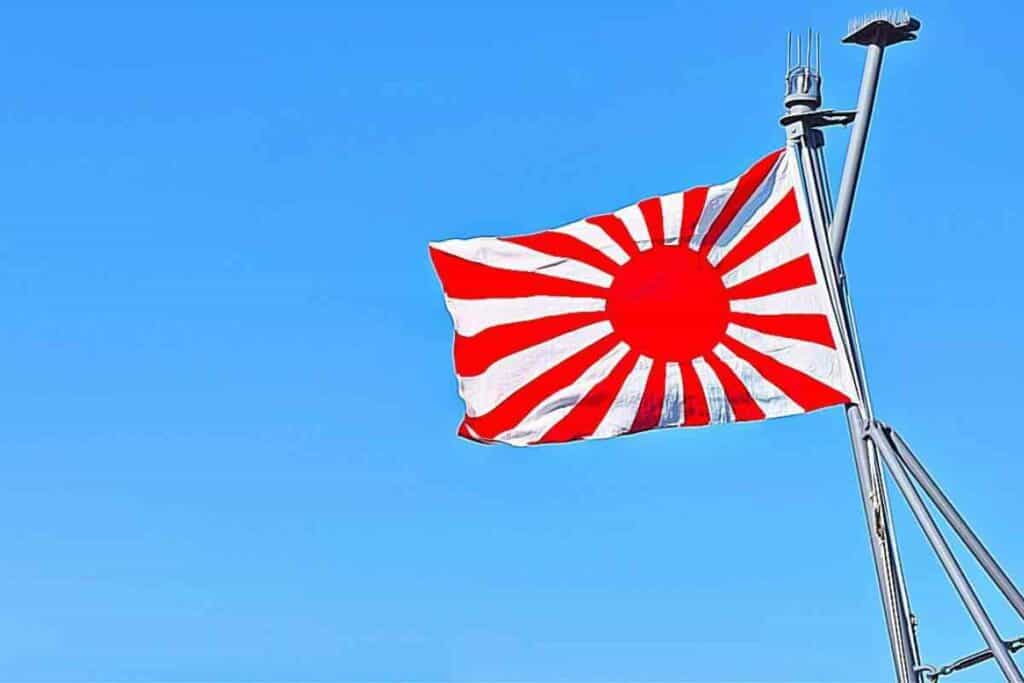
The Rising Sun flag has represented Japan for centuries but recent history means that its design is offensive to many.
In this article, we take a look at the Rising Sun flag, its history, controversies, and the other flags that Japan uses to represent itself.
Table of Contents
What is the Rising Sun flag?
Kyokujitsu-ki (旭日旗), Asahi, or The Rising Sun Flag is the iconic Japanese flag that features a bold red disc with 16 broad rays emanating from it.
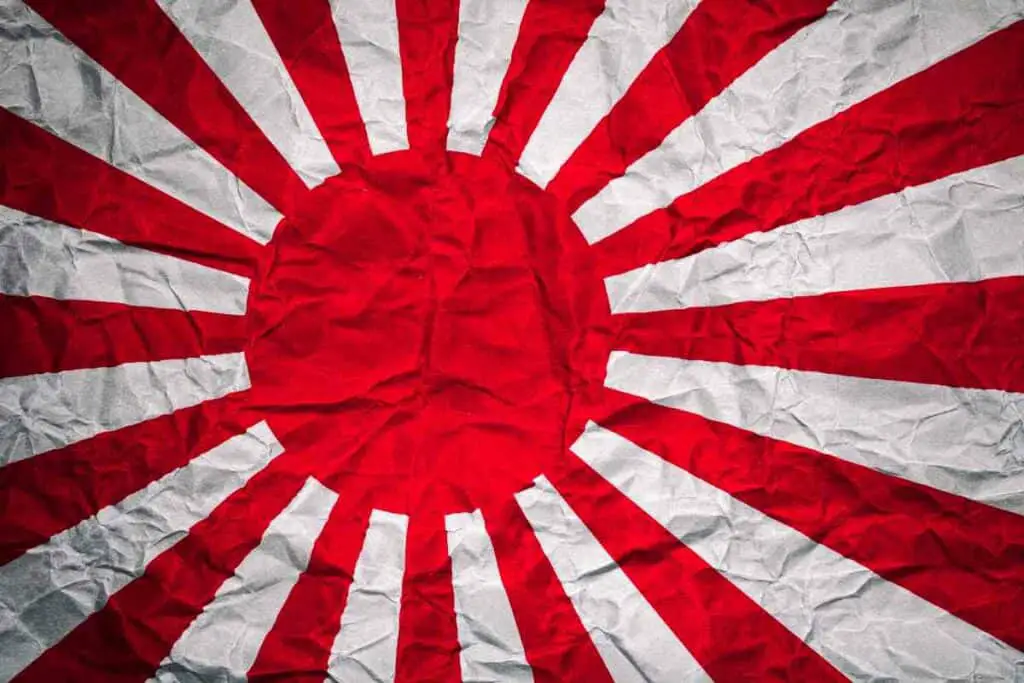
This symbol is a representation of the sun, just like the regular national Japanese flag.
This is Japan’s ancient flag. Carried as a banner by the feudal warlords of the Edo period and later adopted by the Meiji government in the 19th century as the war flag of the Imperial Japanese Army and Navy.
The Rising Sun flag continues to this day as an eight-ray flag that is used by Japan’s Maritime Self-Defense and Ground Self-Defense Forces. Japanese civilians also fly the flag during celebratory times.
History of the Rising Sun flag
The Rising Sun flag and its symbolism can be traced to the 5th century in Japan (Asuka period).
The term ‘Rising Sun’ was adopted because the islands of Japan are the Easternmost part of Asia and are determined as where the sun rises.
The Japanese name of Japan, Nippon or Nihon (日本) means the base or origin of the sun. This was translated into the flag’s design with the red disc as the sun with extending rays.
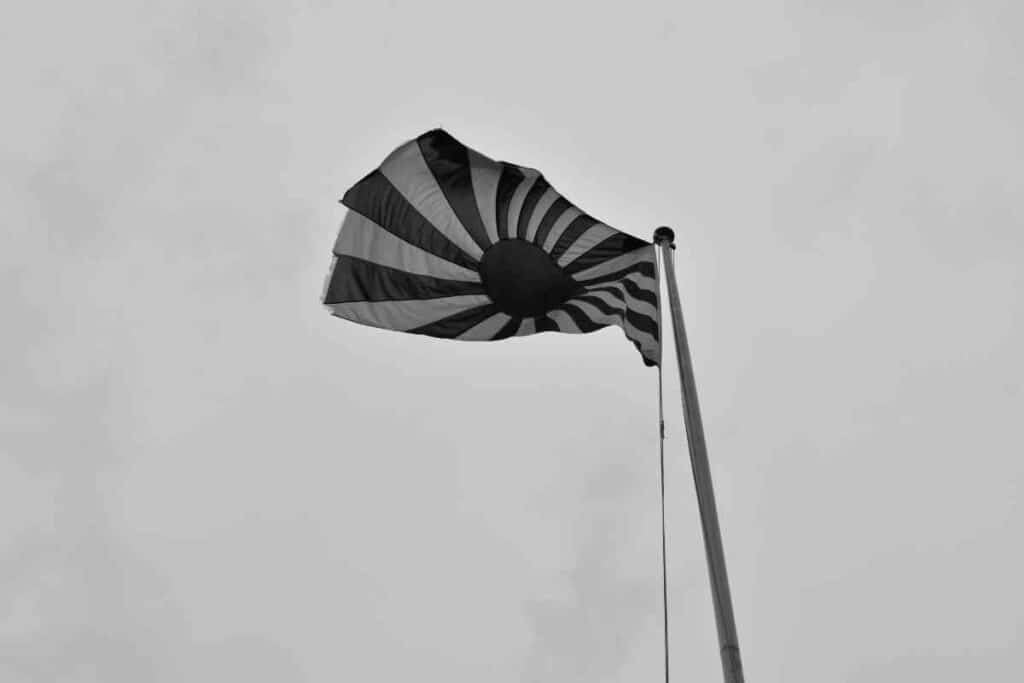
By the 7th century, evidence of the concept of the rising sun was evident in official correspondence sent from Japan. The Emperor was styled ‘the Emperor of the rising sun’ and sun symbols were displayed on banners and the fans of samurai.
In ancient times, part of the Rising Sun Flag, called Hiashi (日足/ひあし) was integrated into a samurai’s crest, known as a Hiashimon. The design was particularly favored by the daimyō (大名), and later, the samurai of the Kyushu region.
Throughout its history, the number of rays emanating from the sun has varied, with numerous versions that included:
- The 12 sun ray flag of the Ryūzōji clan of Hizen Province (1186–1607)
- The 8 sun ray flag of the Kikuchi clan of Higo Province (1070–1554)
The flag’s design was adapted for a wide range of purposes including festivals, the celebration of auspicious events, a good catch of fish, or the birth of a child. It also became a prominent feature of Edo period ukiyo-e prints and other artwork.
A notable example of the Rising Sun flag in art is the One Hundred Views of Osaka, Three Great Bridges woodblock print by Utagawa Kunikazu created in 1854. By the early Meiji period, the rising sun flag was being used to represent Japan on boxes of exported Japanese green tea.
The flag was infamously militarized by its use by the Imperial Japanese Army and the Imperial Japanese Navy from 1870, until the defeat of the Japanese in World War II in 1945. In the 1950s, altered versions of the flag were used by Japan’s Self-Defence forces.
Controversies surrounding the Rising Sun flag
The Rising Sun flag is also a source of controversy and offense, in a similar way to the Confederate flag in America. This is because of the use of the flag by the Imperial Japanese Army and Navy in World War II and its subsequent association with perceived racial superiority.

Japan undertook its expansionist military campaigns under the banner of the Rising Sun flag, invading China, Korea, Guam, Hong Kong, the Philippines, Indonesia, Thailand, and Burma.
Japan’s military campaigns were known for their extreme atrocities, and brutal occupation which included forced labor, human experimentation, and sexual slavery, which continued until 1946 under the Americans.
This history has meant that countries like Korea, China, and the Philippines find the Rising Sun flag extremely offensive. In many of these countries, it is known as the ‘war crimes flag’. For some countries, it is comparable to the Nazi flag.
Japan’s continued use of the flag at international events and sporting matches has been aggressively countered, with South Korea insisting that it be banned from events on the world stage.
Current use of the Rising Sun flag
The Rising Sun flag continues to be flown in Japan, though it is much less likely to be seen at international events.
Many people do not associate the flag with World War II, and the Japanese Government holds the position that claims that the flag does not carry any political or military connotations.
Interestingly, US forces in Japan have also adopted the Rising Sun flag in their military insignia. Squadrons and battalions that include the U.S. Army Aviation Battalion Japan, Strike Fighter Squadron 192, and United States Fleet Activities Sasebo, have the Rising Sun on their insignia.
Other flags in Japan
Japan has several flags that represent the country. Here are some of Japan’s other flags, past and present:
The national flag of Japan
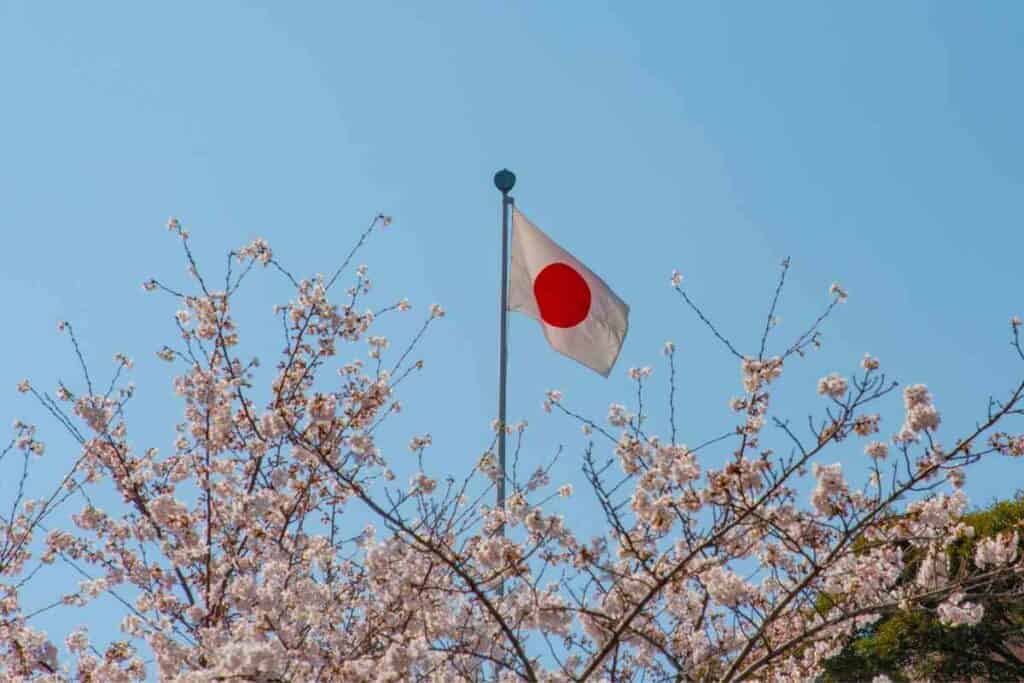
Japan’s national flag is called the Nisshōki (日章旗), The Flag of The Sun, or The Ball of The Sun, Hinomaru (日の丸).
It came into use in the Meiji period and was officially designated as Japan’s flag in 1999. This sun disc flag differs from the Rising Sun flag due to the absence of rays.
The Imperial Standard of The Emperor of Japan
The Imperial Standard of the Emperor of Japan features the gold 16-petal chrysanthemum called the Kikkamon (菊花紋) centered on a red background.
The Kikkamon became an exclusive symbol of the Imperial Throne in the 19th century.
Japan’s prefectural flags
Each of Japan’s 47 prefectures has its flag.
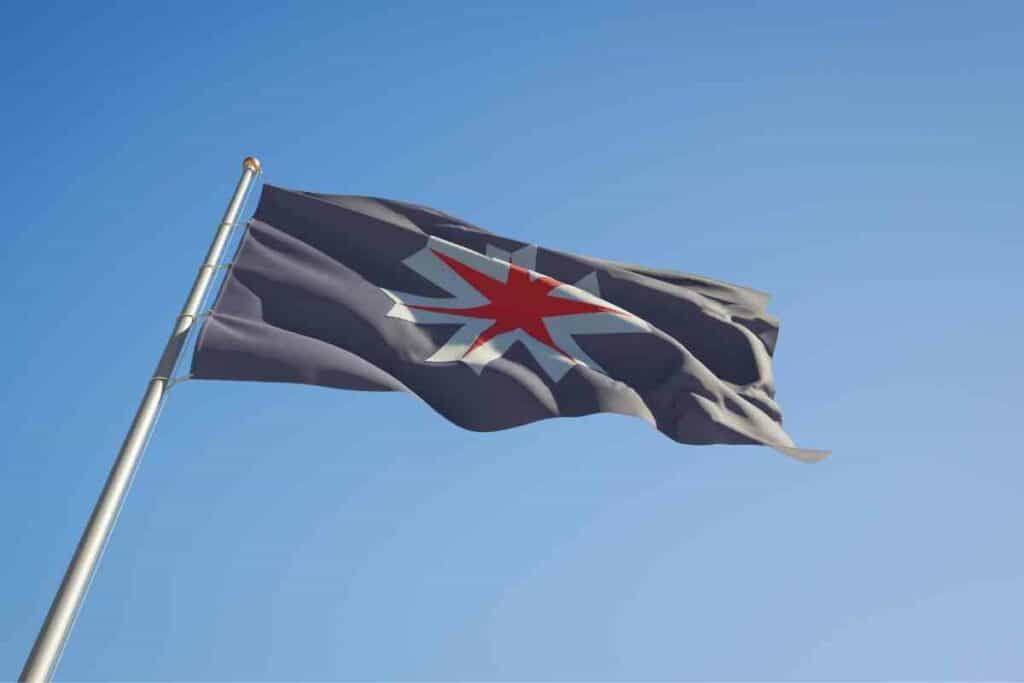
The flags have a similar layout with a central icon called a monshō or mon centered on a monochrome background. Some of the municipalities in Japan also have their flags.
Rounding up
Japan has some of the world’s most iconic flags.
Like many national symbols across the world, the Rising Sun flag has been historically used as a banner for the subjugation and abuse of other peoples, making its use controversial.
But thankfully Japan’s national flag, the Nisshōki, flies free of negative connotations.
- 12 Things Tourists Should NEVER Say in Japan
- Kissing Robot: Exploring the Popularity of the Chinese Kissing App
- Unlocking the Secret Dating Rituals Only Locals Know in Japan
- Samurai Armor: Ancient Protection for Japan’s Elite Warriors
- 10 Amazing Facts About Schools in Japan: Unique Traditions and Educational Practices
- Where can you see snow monkeys in Japan: Best locations and viewing tips









